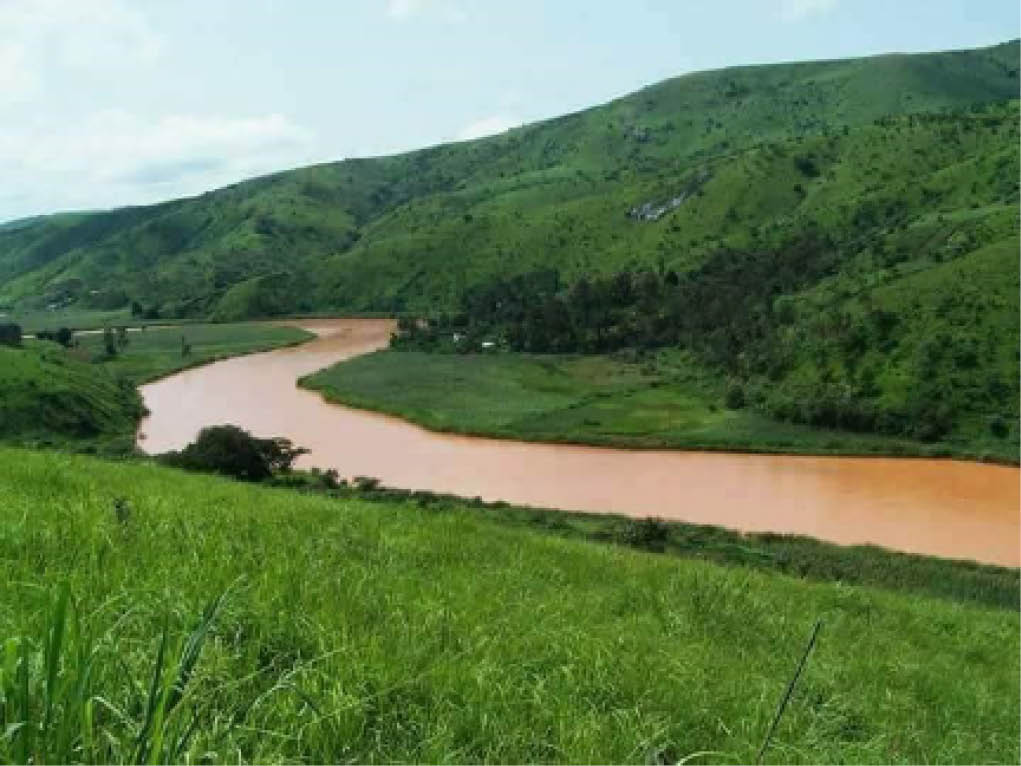Re: Mambilla: The Story Of Non-Fulani Cattle Rearers
Abdulrahman Bobbi I’m a Mambilla and also a cattle rearer. As a Mambilla from the same Mambilla Plateau, I can attest to the significance of cattle rearing in our community. It’s not just a way of preserving long-term assets but also a highly profitable business that yields returns on a weekly basis. This blend of […]

River Donga, where the Mambilla hydropower project will be built
Abdulrahman Bobbi
I’m a Mambilla and also a cattle rearer. As a Mambilla from the same Mambilla Plateau, I can attest to the significance of cattle rearing in our community. It’s not just a way of preserving long-term assets but also a highly profitable business that yields returns on a weekly basis. This blend of herding has become an integral part of our identity and livelihood.
Umba Hadejia
Thank you for sharing this insightful history and context about the Kaka people’s transformation from farmers and hunters to shepherds and cattle rearers. It’s fascinating to see how their cosmology evolved to incorporate new practices and traditions. The fact that both Fulani and non-Fulani, including the Mambila, are now engaged in cattle rearing and farming highlights the complexity and diversity of the region’s cultural and economic dynamics. Umaru Zubairu’s perspective adds valuable nuance to our understanding of the plateau’s cattle rearing practices. I appreciate your efforts to shed light on this important aspect of the region’s history and culture.
THE BEARING: How Sibling Rivalry Affects Family Bond
How communities, parents, banditry fuel street begging in Sokoto
Being Salisu Na Uku
This was an interesting read because most people think that only the Fulani community is rearing cattle.
